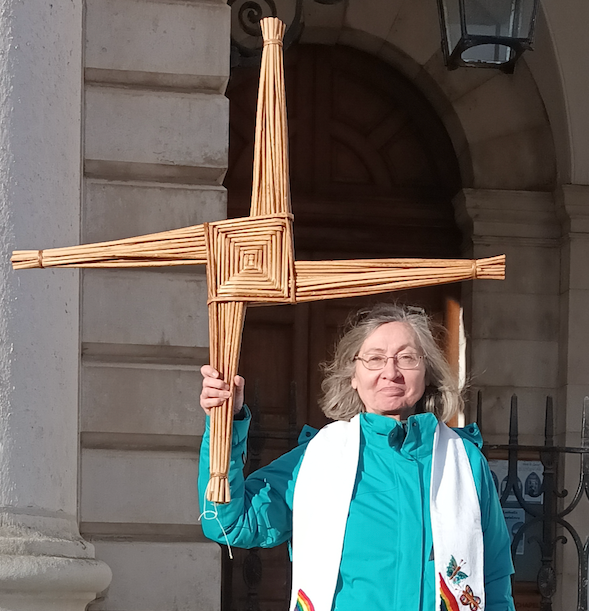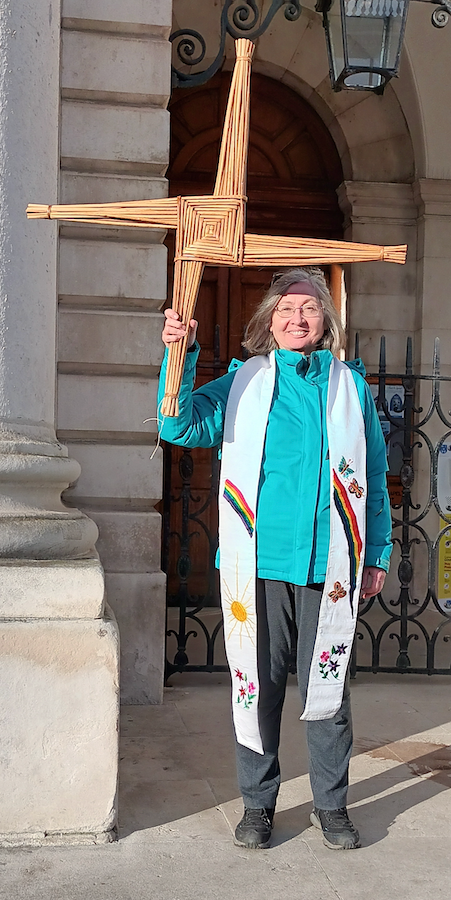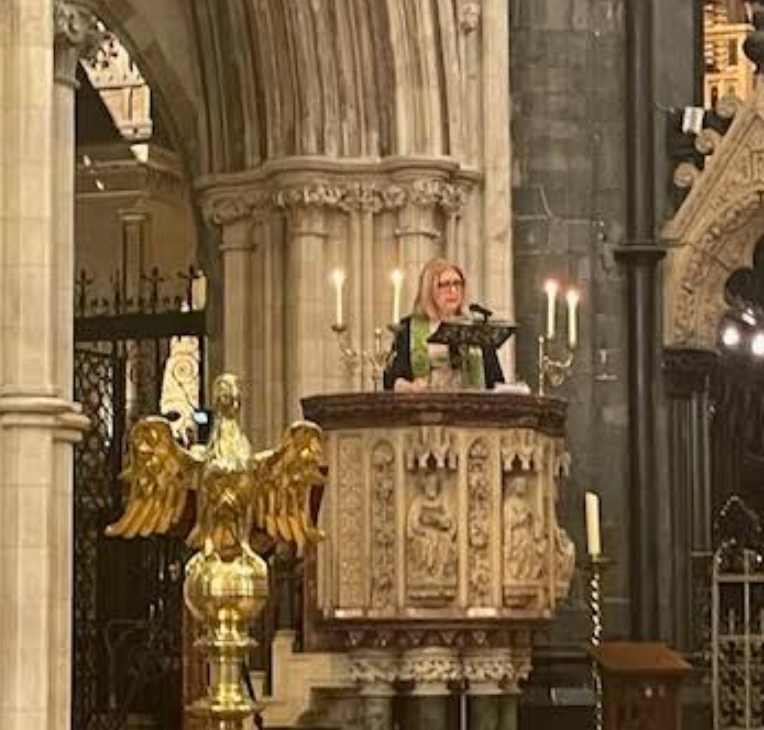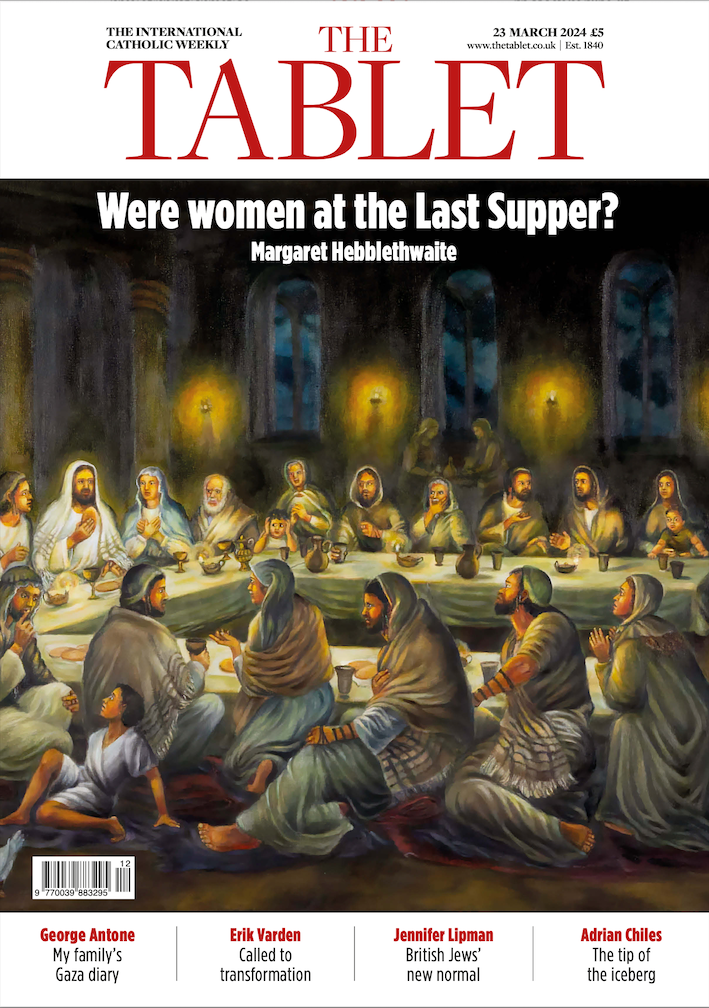Why are Ireland's church leaders so silent on immigration?
Christian leaders must take a stand in solidarity with our rejected sisters and brothers, who are now suffering a second trauma

Opinion Rite & Reason
The Irish Times; 5 June 2023
On a recent Saturday my bus stopped at Parnell Square in Dublin opposite the Garden of Remembrance to allow passengers coming from Dublin Airport to get off. What confronted them was a sight not factored into their itinerary of Dublin.
From the bus window I could see that there were groups of people waiting to assemble for a march. The Irish Tricolour was either being waved or used as a wraparound. What especially caught my eye was a poster that read: “Our children are in danger from these immigrants. Fight Back.”
As I was standing up in my seat at this stage the woman sitting beside me asked what was going on. I explained that it was an anti-immigrant march and told her what I had read on the poster. She was taken aback. We began chatting. She had just spoken to her son who was now working in the US – I didn’t ask whether he was “legal” or “illegal”.
Her parting comment – “What is happening to our Catholic country when we want the rest of the world to accept our young people, while we won’t accept theirs?” – stopped me in my tracks. I am now searching for an adequate response to her challenging question.
Following publication of the census figures last week, we can say confidently that the proportion of Irish people who claim to be Christian still remains a significant majority in our country. The question arises as to what extent, if any, does Irish Christian faith influence attitudes to important critical social issues such as how we, both as individuals and as a nation, accept people arriving here from other areas of the world seeking international protection.
Our world is facing what may be a terminal spiritual crisis
From anecdotal comments and media reporting it seems that many Irish people are hardening their attitudes towards asylum seekers especially if the latter group are single men. However, It would need a full sociological research project to verify these provisional findings.
Some ascribe this hardening of attitudes to the malign influence of foreign right-wing agitators and social media fake news but the use of scapegoats has been, and continues to be, a convenient way for nations to deflect attention away from their own social responsibility.
It is not the case that there is any ambiguity in the teachings of Jesus as recorded in the Gospels on how he expects his followers to treat the “stranger” or the “foreigner.” The parable of the Good Samaritan leaves no room for doubt. This parable, as recorded by the evangelist Luke, has the unanimous approval of all biblical scholars involved in the Jesus Seminar (set up in 1985) who stated that “it subverts the negative, stereotyped identity of the Samaritan and throws the conventional distinction between ‘us’ and ‘them’ into question. It is a classic example of the provocative public speech of Jesus.”
We have two very definite teachings of Jesus for how his followers should treat the stranger and foreigner, both of which are very relevant to this time in our history
In the parable, a Samaritan stops on his journey and goes to the aid of a person, probably a Judaean, who was assaulted and left for dead on a notorious part of the road from Jerusalem to Jericho. Two members of the established religion ignored him, but an unnamed Samaritan steps across a social and religious boundary to save his life.
While Jews were instructed to love their neighbour by their scriptures, their neighbour was generally restricted to their own ethnic group. This parable prompts Jesus’s Judaean listeners to think of their neighbour as from a different ethnic group also, and so the possibility of another kind of challenging social world is revealed as God’s will by Jesus.
In his gospel, the evangelist Matthew presents an apocalyptic image of the Last Judgement where “people of all the nations” are grouped into sheep who are invited into the God’s community and goats who are rejected. The people of all the nations are very much taken aback with the criteria for God’s judgment.
These criteria used for their invitation into, or rejection from, God’s community are not based on how well they adhered to doctrines or church teaching but on how they treated the marginalised in their societies. Prominent among the six criteria was how “they extended hospitality to the foreigner”.’
So we have two very definite teachings of Jesus for how his followers should treat the stranger and foreigner, both of which are very relevant to this time in our history when we are experiencing a growing rejection of the stranger and foreigner coming to Ireland seeking international protection.
I have yet to hear a homily or strong provocative words from any of our bishops reiterating the provocative public speech used by Jesus. It is time for our Christian leaders to take a definite stand in solidarity with our rejected sisters and brothers who are now suffering a second trauma.
Brendan Butler is a lay theologian and author of My Story, By Jesus of Nazareth


Women are a problem for the Catholic Church, an institution with ingrained misogyny - Soline Humbert
About us
We are working to develop inclusive communities based on our 6 Aims, while being open to engage with all sections of the church about our lives in the church today.
Contact Info












